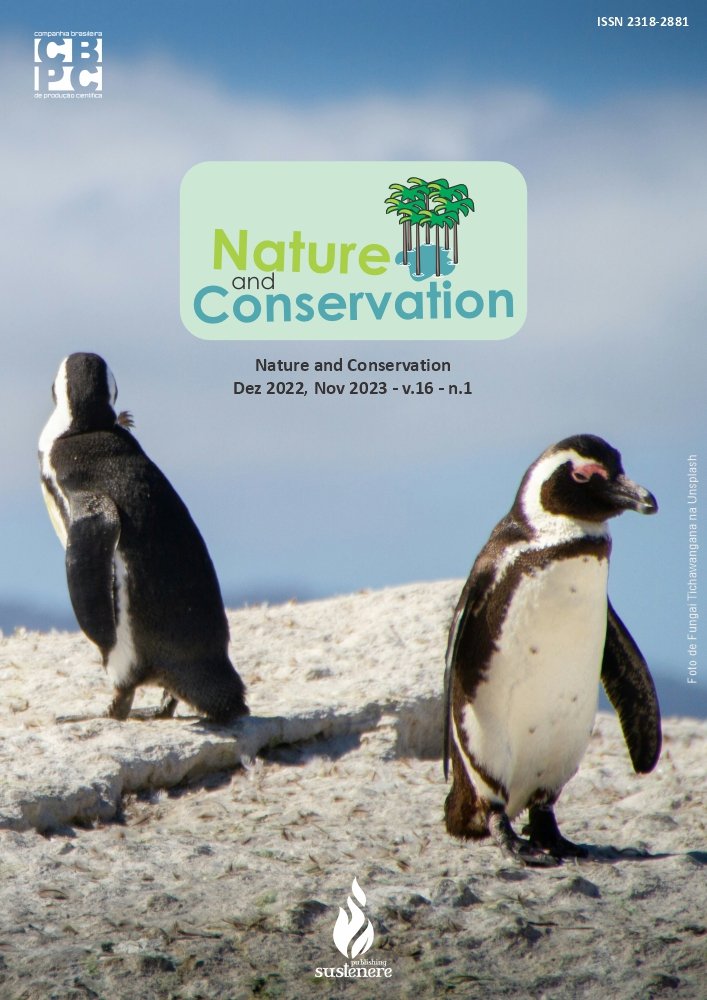Determination of PAHs in commercial preparations based on peppers
DOI:
https://doi.org/10.6008/CBPC2179-6858.2021.006.0040Keywords:
Environmental Contaminants, Spices, Food Security, GC/MSAbstract
This study assesses the presence and levels of polycyclic aromatic hydrocarbons (PAHs) in commercial pepper samples, using extraction under ultrasound followed by steps of cleanup and determination by gas chromatography coupled to mass spectrometry. The 16 PAHs listed as priority contaminants by the United States Environmental Protection Agency were evaluated and the sum of the four PAHs (Benzo(a)Anthracene, Chrysene, Benzo(b)Fluoranthene, Benzo(a)Pyrene) indicated by the European Food Safety Agency for the presence of PAHs in food and the total sum for higher molecular weight PAHs (Benzo(k)Fluoranthene, Benzo(b)Fluoranthene, Benzo(g,h, i)Perylene, Indene(1, 2, 3-cd)Pyrene established by the German Society for Fat Science were used as parameters in the samples. The sixteen PAHs listed in most of the samples were found, standing out as major Phenanthrene, followed by Chrysene, Benzo(a)Anthracene, Acenaphthylene, and finally Fluorene. The concentrations of PHAs 4 (EU) ranged from 92.2 µg kg-1±1.9% to 1858.3 µg kg-1±14.9% in the pepper samples. The sum of the priority PAHs in the commercial pepper samples ranged from 2958.7 µg kg-1±4.5% to 34640.1 µg kg-1±17.5%. The concentrations of PAHs in the pepper samples exceeded the values allowed by the control organ in food, resulting in levels that can cause damage to health.
Downloads
Downloads
Published
Issue
Section
License
Copyright (c) 2021 Ibero-American Journal of Environmental Sciences

This work is licensed under a Creative Commons Attribution-NonCommercial-NoDerivatives 4.0 International License.
The CBPC - Companhia Brasileira de Produção Científica (Brazil CNPJ: 11.221.422/0001-03) the material rights of the published works. The rights relate to the publication of the work anywhere in the world, including rights to renewals, expansions and dissemination of the contribution, as well as other subsidiary rights. All electronically published works may subsequently be published in printed collections under the coordination of this company and / or its partners. The authors preserve the copyright, but are not allowed to publish the contribution in another medium, printed or digital, in Portuguese or in translation.









